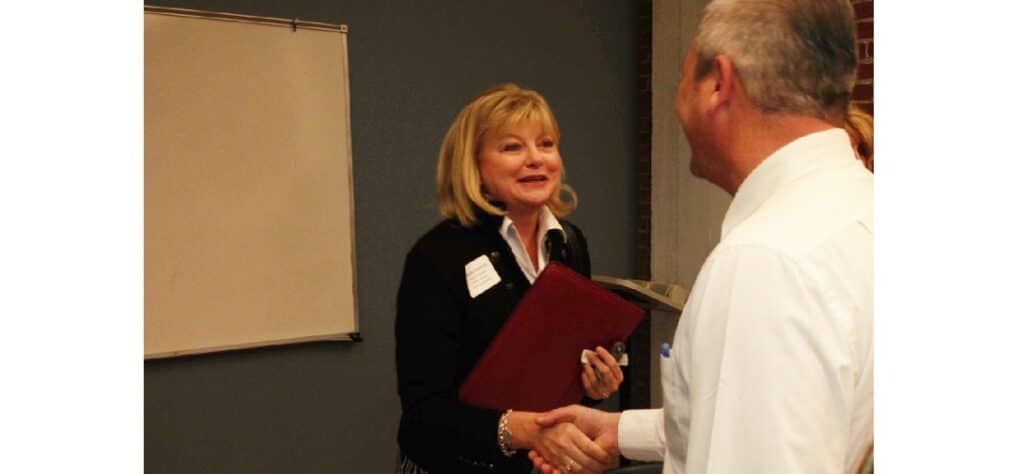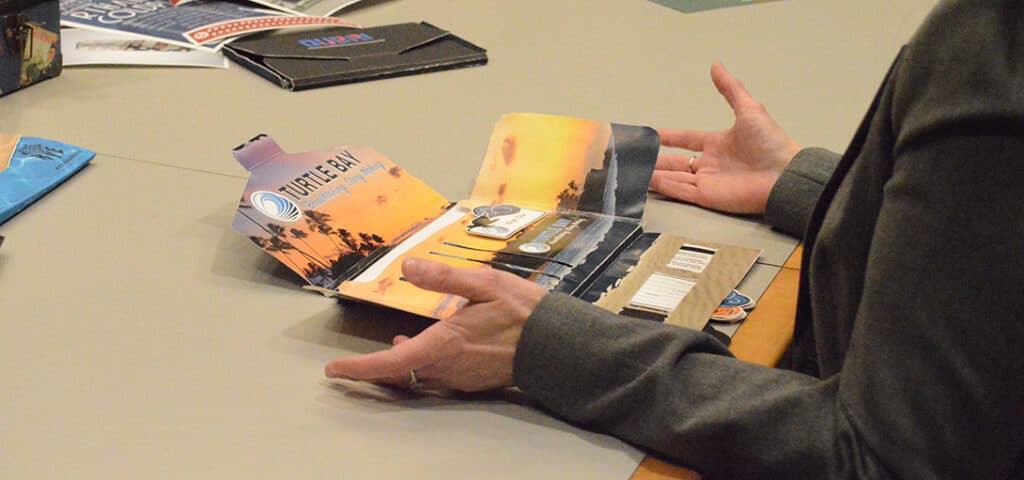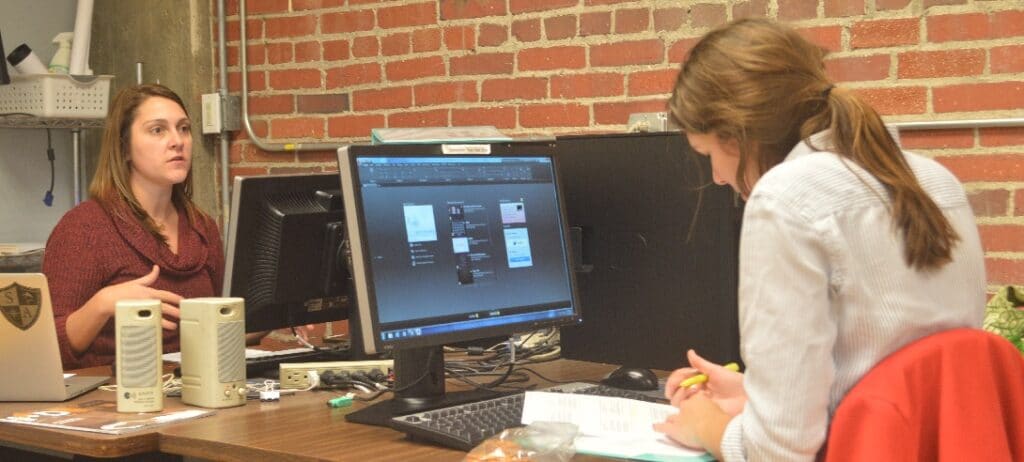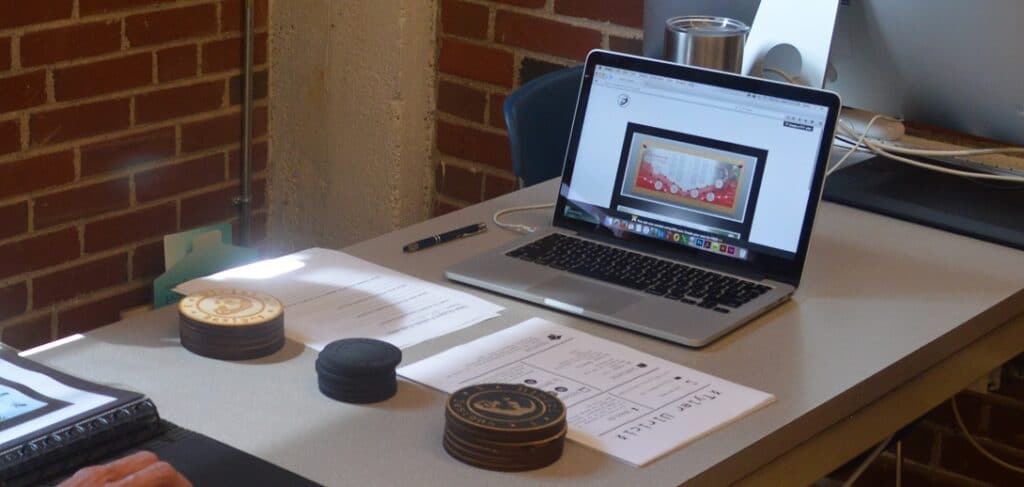We’ve all seen the steadfast rule that a simple, one-page resume is the way to go. But at Siba, we’re not always about following the rules. For many of our students a better adage might be, “more is more.” Showing employers a more complete package, especially in creative fields, often means web-based as well as 3-dimensional portfolios, artistic flourishes on resumes, and more.
So what should your resume look like? Siba Career Services Director Steve Asher advises that there is no ONE right way to write a resume, but here are a couple of guiding principles that never go out of style:
- If you’re in your 20s, your resume should only be one page—with rare exceptions, there is not enough relevant experience to justify a second one. If you’re past 30 and have significant experience in the position or field for which you are seeking, two pages are fine, but you go over that limit at your own peril.
- Carefully consider what to include and what to exclude. Don’t get too attached to all of your responsibilities and accomplishments from the past. Instead, only include the accomplishments for each position on your resume that best align with the job you’re applying for.
- If you are seeking a position involving creativity, be sure to supplement your resume with examples of your work.
When it comes to the more visual disciplines here at Siba, our Department Heads agree that the industry demands more than a simple resume. Employers want to see demonstrated talent – whether that’s in the form of a portfolio, website, or eye-catching business cards.
Siba Portfolio Design instructor Jamie Toon guides students as they refine their favorite projects, create self-branded resumes, and design web-based portfolios. An online portfolio gives students the flexibility to continue adding to their body of work while also showing the progression of their skills. It also gives students another layer of accessibility when they’re looking for a job. Says Toon, “These days, people are accessing as much information as they possibly can with their phone. If you meet someone at a networking event who may possibly help you in your career and text them a quick link that flashes a few images of your best work, you’re more likely to stick in their mind—and they can quickly forward that link to others on your behalf.” Toon also advises that students in the Interior Design field go beyond the black and white resume and develop a color scheme and “logo” that reflects their personality and design taste. “It’s never too early to start building your own brand.”
Students and recent graduates of Siba’s Graphic Design program are similarly encouraged to demonstrate their creativity and diversity of skills in their resumes and portfolios. Graphic Design Department Chair Ed Engel recommends that student portfolios should always include “a variety of design elements that include branding, collateral, packaging, websites, social media and other applications.”
Another consideration for Graphic Design students in particular is how those examples are presented within your portfolio. Recent graduate Erin Hopkins says that her employers took special notice of the work she put into the layout of her portfolio: “You can have a portfolio filled with beautiful projects, but if they’re arranged into a lazy or strange layout, that’s all anyone will see. I’ve also been told my portfolio stands out because employers can feel my personality in it.”
Graphic Design students exhibit their talent several times a year during portfolio reviews in front of industry leaders. Students have created a number of unique, eye-catching results that promote their brand and showcase their talent while giving potential employers something unforgettable. For example, one student’s “business cards” were actually laser-cut discs that included contact information, but could also be used as a coaster (see photo). It was a highly creative concept that was a memorable and functional alternative to the traditional business card.
Perhaps the best advice comes from Mr. Asher again, “Most important is that your resume [and portfolio] are properly edited and curated to effectively showcase your skills, experience, and knowledge for relevant job opportunities.” And when you need help, Siba has the experienced staff and dedicated classes to help students craft the resume and portfolio that will make them stand out from the crowd.




